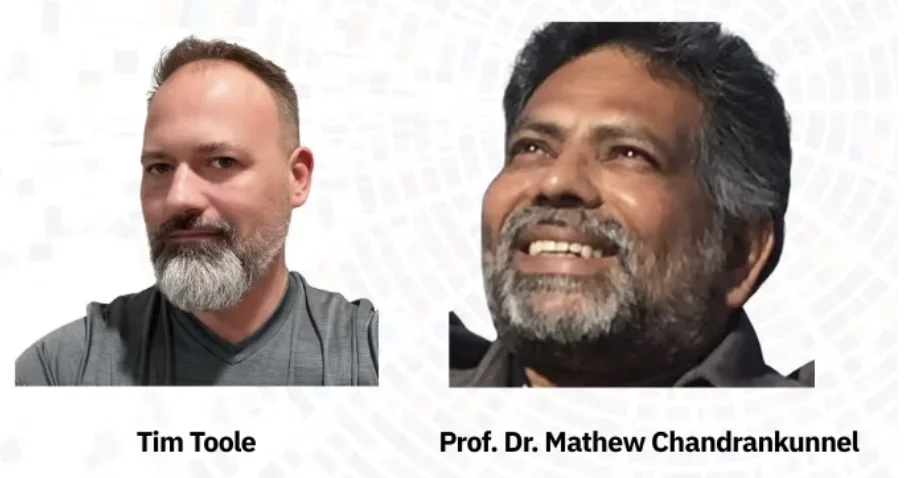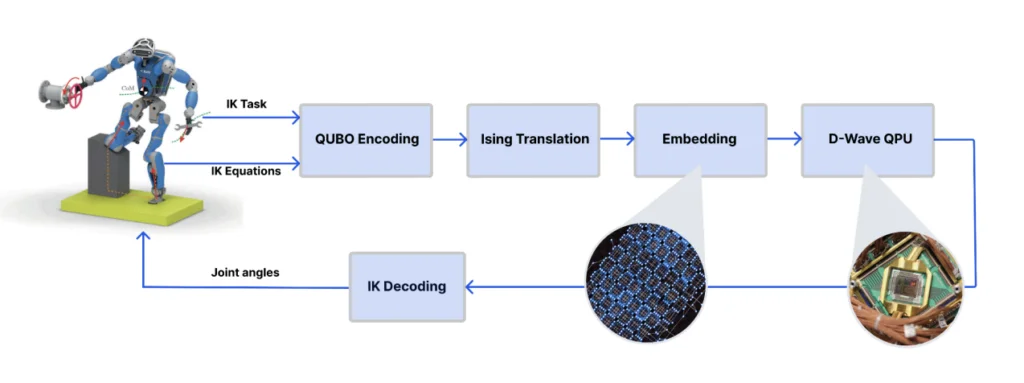Insider Brief
- D-Wave Quantum Inc. and NTT DOCOMO Inc. have announced successful results from a quantum optimization pilot, showcasing a 15% reduction in paging signals at mobile base stations, enhancing network performance and efficiency.
- The pilot utilized D-Wave’s hybrid-quantum technology to optimize the tracking of mobile devices across base stations, leading to significant time savings in data processing—from 27 hours to just 40 seconds compared to classical methods.
- Following the pilot’s success in Japan’s Tokai, Chugoku, and Kyushu regions, DOCOMO plans to expand the deployment of this quantum computing solution across its operations, aiming to improve network efficiency and manage increasing traffic without additional infrastructure investments.
PRESS RELEASE — D-Wave Quantum Inc., a leader in quantum computing systems, software, and services and the world’s first commercial supplier of quantum computers, and NTT DOCOMO Inc., Japan’s largest mobile phone operator with over 90 million subscriptions, today announced a quantum optimization pilot that resulted in demonstrable mobile network performance improvements. Using D-Wave’s annealing quantum computing solutions, DOCOMO found that it can reduce congestion at base stations by decreasing paging signals during peak calling times by 15%, potentially leading to increased efficiencies and lowered infrastructure costs. The company plans to deploy the hybrid-quantum solution in production across its Japanese branch offices in the coming months.
D-Wave’s hybrid-quantum technology was used to optimize base station tracking areas – which are small geographical regions – that collectively send paging signals and process extensive historical data on device movements between stations. This helps DOCOMO predict future movement patterns and determine the best combination of base stations to re-establish connections as devices move between tracking areas.
The solution’s efficiency was demonstrated in pilot tests for certain areas in Japan (Tokai, Chugoku, Kyushu regions) when compared to classical methods. While a general-purpose solver took 27 hours, D-Wave’s hybrid solver completed the same task in just 40 seconds. The test results showed that quantum optimization led to a 15% reduction in paging signals, allowing approximately 1.2 times more terminals to be connected during periods of high call volume. This expanded bandwidth for base station resources has the potential to greatly reduce congestion, which would help the company maintain quality network traffic flow even during heavy usage. Additional details around this pilot are available in English and Japanese here and here.

“We anticipate that our quantum optimization strategy will further refine network efficiency, allowing us to maintain high-quality service without additional infrastructure investments as network traffic increases,” said Takatoshi Okagawa, director of research and development strategy at NTT DOCOMO. “With D-Wave’s hybrid quantum technology, we aim to set a new standard in the telecommunications industry for operational performance.”
“Telcos are faced with a slew of increasing operational complexities — from 5G implementation to ever-shifting consumer demands — and need novel solutions to maintain a competitive edge,” said Dr. Alan Baratz, CEO of D-Wave. “DOCOMO’s successful pilot sends a clear signal — that today’s quantum technologies are capable of solving telcos’ complex optimization problems, with the potential to elevate customer satisfaction, maintain network performance and mitigate rising infrastructure costs.”
Following its successful pilot, DOCOMO plans to deploy the annealing quantum computing solution into production at branch offices across Japan. The company is also exploring opportunities to apply quantum optimization across its business units including finance, retail, traffic and logistics, and construction.

















